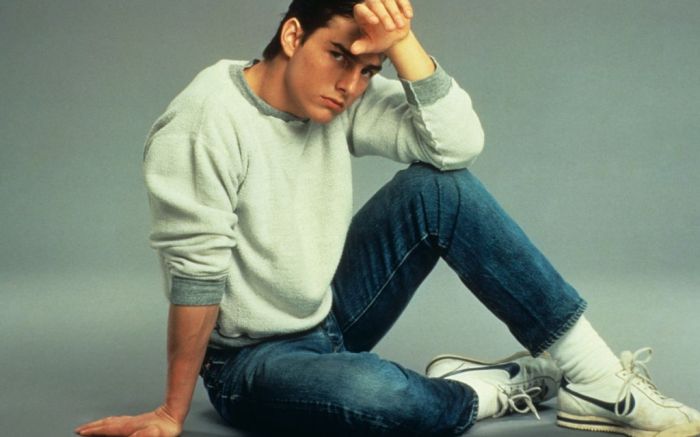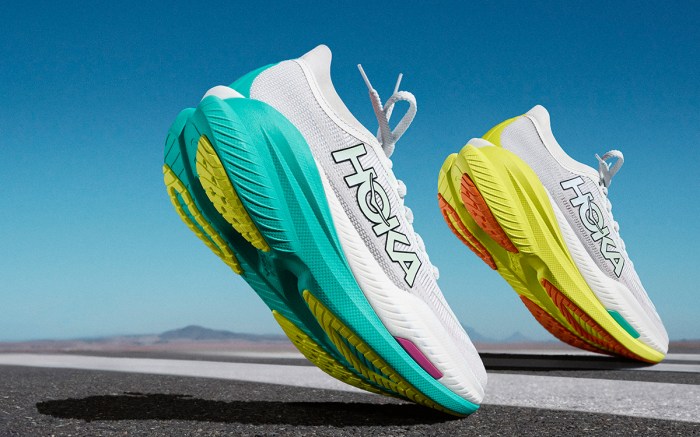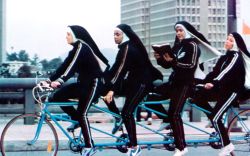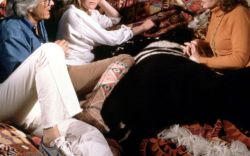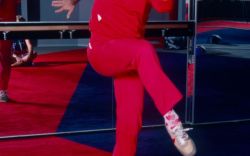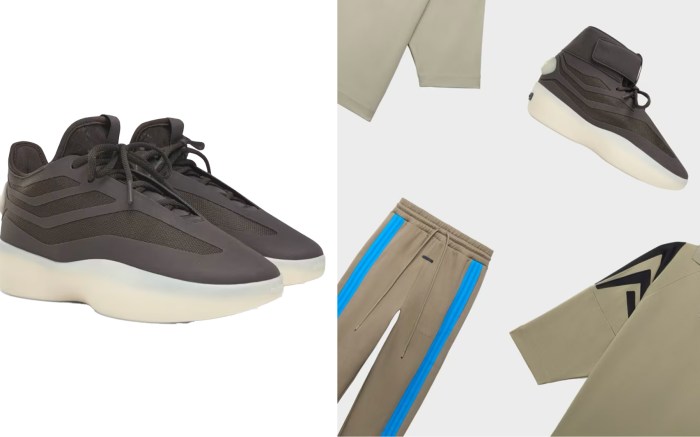Black Friday represented an overall strong start to the holiday shopping season for a retail industry in need of a spending pick up, especially after an unseasonably warm start to the fall.
Consumers hit a new Black Friday e-commerce spending milestone this year, according to data from Adobe Analytics. Spending on the day after Thanksgiving hit a record $10.8 billion online, which was up 10.2 percent over the prior year. Consumers came out to shop in stores as well, though sales in that channel were up just 0.7 percent compared to the prior year, early data from Mastercard found.
According to BTIG analyst Janine Stichter, consumers have generally opted to concentrate their spending around key moments and promotional holidays as opposed to during longer stretches between holidays. As such, momentum on Black Friday helped “pick up some of the slack from a slow start to the season,” she said.
Watch on FN
In footwear specifically, data from Jefferies found that 83 percent of the shoe retailers in its coverage saw Black Friday promotions increase compared to the prior year and consumers seemed overall less likely to spend more on the category compared to the prior year. Looking ahead, Jefferies analyst Randal Konik said in a Monday note to investors that the footwear category “will likely experience further headwinds over the near to medium term.”
Still, some shoe brands and retailers stood out above the rest over the crucial Black Friday weekend. Here were some of the holiday’s biggest winners — and losers — according to analysts.
On and Hoka maintain momentum
According to a Monday note from Needham analyst Tom Nikic, Hoka and On both saw year-over-year growth in online search trends and strong demand at wholesale over Black Friday. The analyst added that both brands likely saw high levels of full-price sales throughout the holiday weekend as well.
“Hoka and On have been the two fastest-growing brands in our coverage, and we believe they did well over the weekend,” Nikic wrote. “Thus, we believe these brands are poised to continue exhibiting strong momentum.”
With regard to On, BTIG’s Stichter pointed out that On removed its typical “buy one, get one” apparel discount during the shopping weekend, which she said represents “traction in efforts to enhance its apparel offering.”
Stifel analyst Jim Duffy also called out On and Hoka — as well as Birkenstock — for their ability to maintain full price sell-through thanks to “compelling newness.” He also highlighted Under Armour, Lululemon and Columbia Sportswear as brands that have made progress getting through their inventory with fewer promotions this year compared to last.
Nike challenged amid turnaround
To address a general decline in demand for Nike and Jordan products, the Swoosh has recently set out to reduce the presence of its popular franchises — such as the Air Force 1, Air Jordan 1 and Dunk — to realign demand. At the same time, Nike has utilized promotions to manage higher levels of inventory that have accumulated as a result of slower than expected retail sales. As such, analysts noted that the brand offered deeper discounts during Black Friday this year compared to the prior year.
At Foot Locker, a key Nike partner, analysts reported that discounts were generally similar to the prior year. However, discounts in Nike, its largest brand, were noticeably deeper this year.
On the DTC front, Nike offered an extra 30 percent off Nike.com purchases this year compared to 25 percent off last year, Nikic noted. However, the analyst added that he witnessed long lines and strong demand on his visit to a Nike outlet store in Deer Park, NY.
“This stood in contrast to what we saw at the Adidas store (which is directly across from the Nike store) and the Under Armour store, neither of which had lines to enter and shorter lines to pay,” Nikic wrote.
